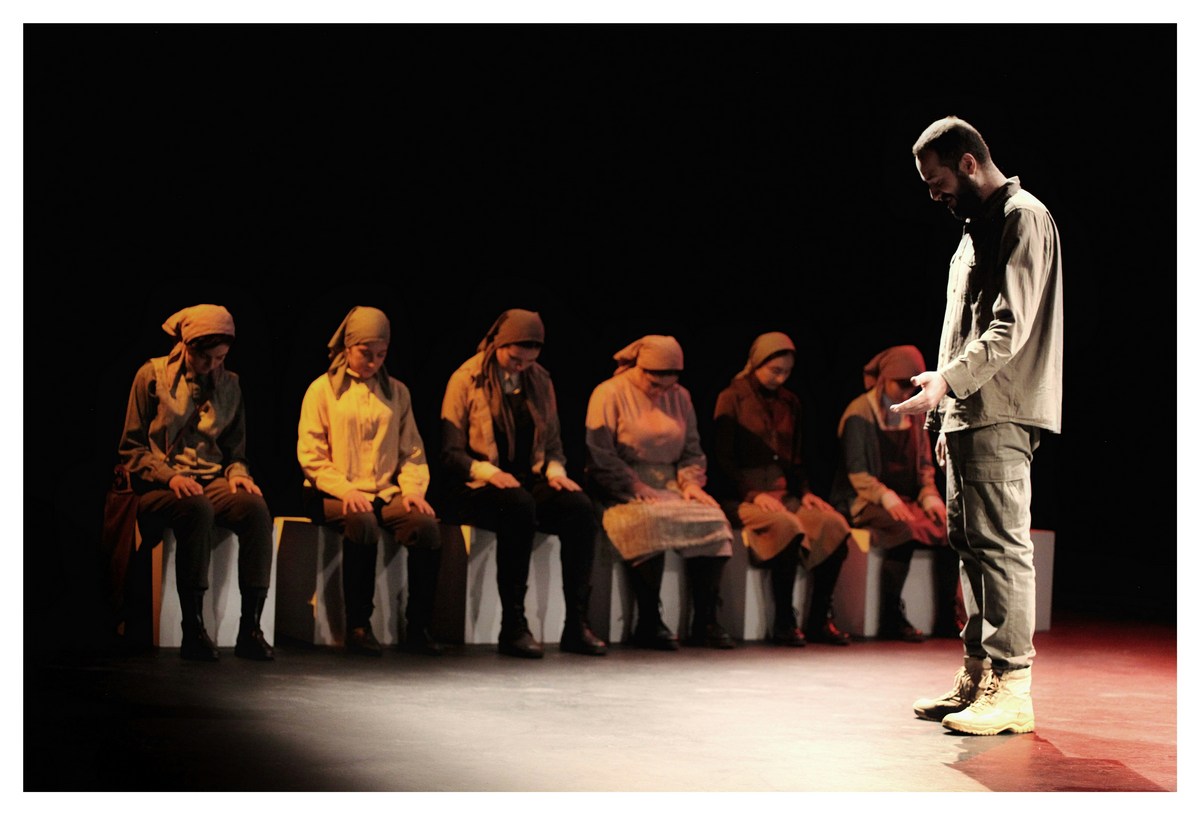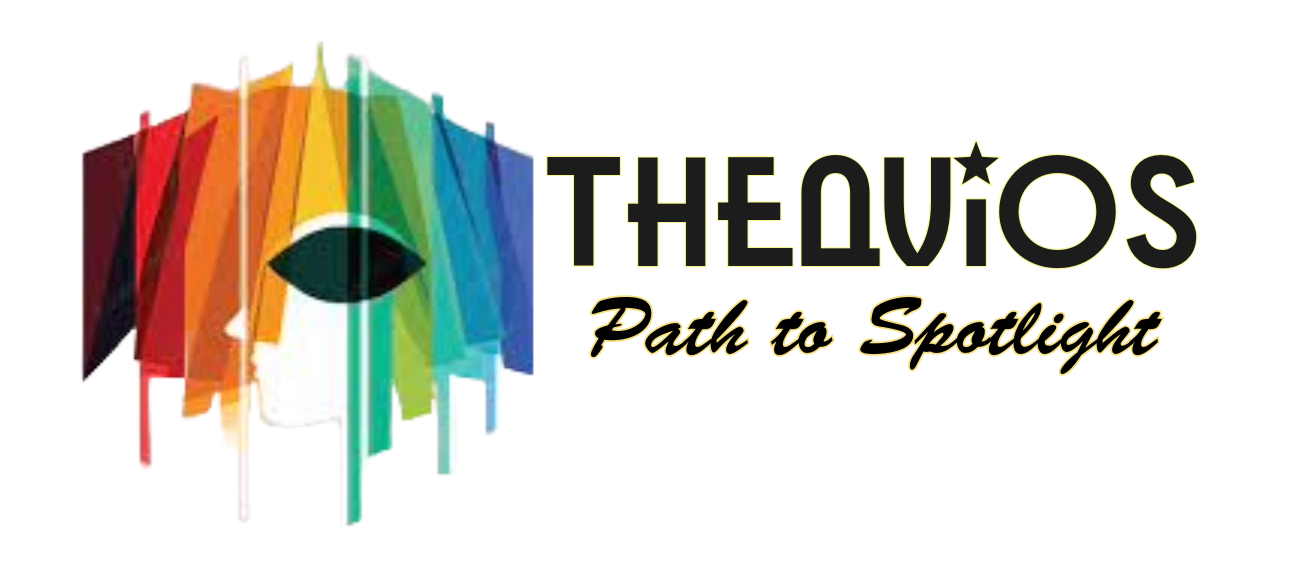

Theatre has long been celebrated as a visual art form, relying heavily on sight to convey stories, emotions, and aesthetics. However, this emphasis on the visual has inadvertently marginalized blind and visually impaired artists, perpetuating the notion that they cannot fully participate in or contribute to the theatrical world.
The Myth of the “Seeing Space”
The very term “theatre” originates from the Greek word “theatron,” meaning “a place for viewing”. This etymology underscores the historical emphasis on sight in theatrical performances. Such a perspective has led to the belief that visual impairment is a barrier to both creating and appreciating theatre. This bias overlooks the rich, multisensory experiences that blind artists bring to the stage.
Beyond Sight: Embracing Multisensory Storytelling
Blind and visually impaired artists often engage with theatre through heightened senses of hearing, touch, and spatial awareness. Their unique perspectives challenge traditional staging and storytelling methods, introducing innovative approaches that enrich the theatrical experience for all. For instance, Teatro Ciego MX, a Mexican company composed of blind actors, utilizes darkness to immerse audiences in performances that prioritize sound, touch, and emotion over visual cues .
Challenging Ableist Assumptions
Ableism in theatre manifests in various ways, from casting non-disabled actors in disabled roles to designing sets and scripts that assume all participants are sighted. Such practices not only exclude blind artists but also deprive audiences of authentic representations. As highlighted in discussions about productions like “Richard III,” the casting of non-disabled actors in disabled roles has faced significant backlash, with disabled actors advocating for authentic representation .
TheaVios: Pioneering Inclusive Theatre
Initiatives like TheaVios are at the forefront of promoting inclusivity in theatre. By providing training and resources, TheaVios empowers theatre professionals to create accessible productions and encourages the inclusion of disabled narratives on stage. Such efforts not only diversify the stories told but also enrich the theatrical experience for all.
Redefining Aesthetics: The Rise of Disability Artistry
The concept of “disability aesthetics” challenges traditional notions of beauty and performance in the arts. Artists like Stephen Lapthisophon, who became legally blind at 39, have redefined art by incorporating multisensory elements, emphasizing that art is not solely a visual medium. By embracing diverse sensory experiences, theatre can evolve into a more inclusive and innovative art form.
Discover how TheaVios is championing inclusive theatre practices:
🌐 Visit our website: www.theavios.eu
📩 Contact us: info@theavios.eu
📲 Follow and share:
#TheaViosProject #InclusiveTheatre #BlindArtists #DisabilityAesthetics #AccessibleArts
